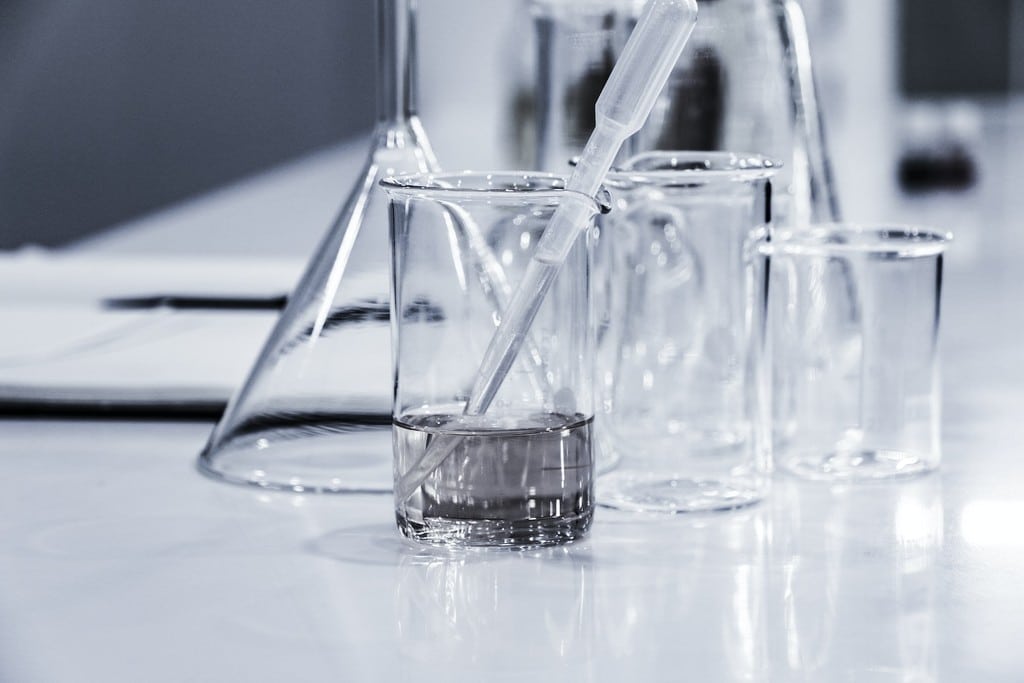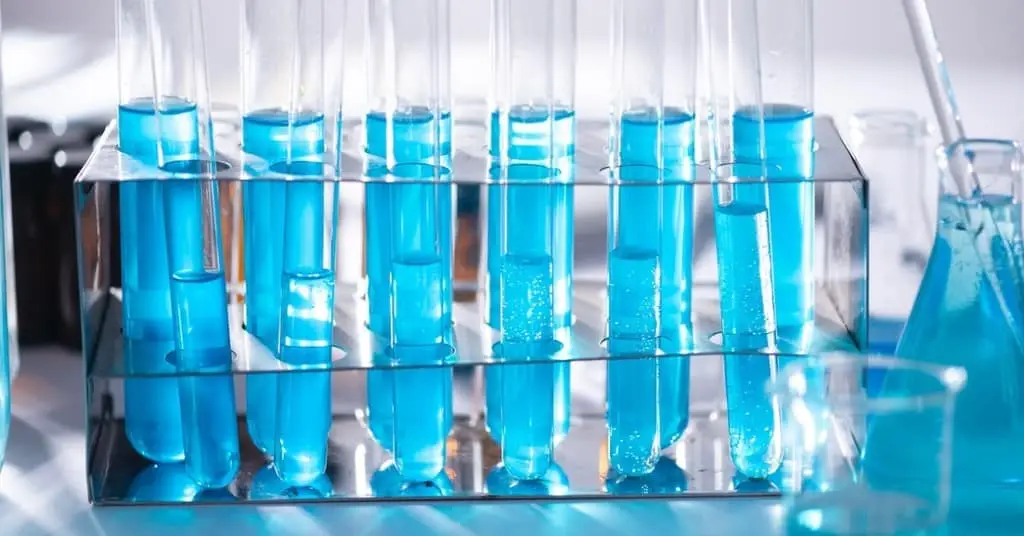There’s no denying that home inspection is one of the more stressful steps in the home buying process. You know that a home inspection is necessary and that it’s extremely helpful in determining the readiness of your new property to move in, but that knowledge doesn’t mean you can’t wish for the best outcome.
It’s natural that you hope your home will pass the examination with flying colors and you won’t have anything to worry about. And if the inspector does find any concerns during their assessment, you hope they’ll be quick, easy, and inexpensive to fix.
There are so many things that could possibly have issues. Naturally, your thoughts go to the structure, the foundation, the AC, and other internal systems within the home. One thing you might not have considered — and really should — is an environmental testing home inspection.
What is environmental testing?
Environmental testing is what goes beyond examining the physical structure and the internal working systems of the home. Mainly, environmental testing looks for toxicity and other invisible hazards within the house and around the property. No amount of visual examination, poking, or prodding during a standard home inspection can make the same kinds of critical determinations that an environmental inspection could.
The environmental home inspection looks for several elements in and around the home.
Soil contamination
A soil test checks for chemicals and organic pollutants around the property. An inspection for soil contaminants is helpful if your property is near an industrial or chemical plant or if there ever has been such a facility near the property.
Water impurities
Testing the tap water in your home rules out many potential drinking hazards, such as chemicals, heavy metals, mold and fungus, and other impurities. Water testing is especially important if your property draws water from a well system and doesn’t have the benefit of municipal water treatment.
Air quality
Several environmental factors can impact the air quality in your home. Both interior and outdoor elements influence just what you breathe in while in your home. The air issues you could come across include mold from water damage, smoke residue, dust mites, and chemicals from furniture and flooring.
Lead in the home
Homes built in the early 20th century and sooner often contain lead in the paint. Even if the walls have been painted over, this doesn’t prevent leaded paint from causing issues. Over time, lead from older paint can get into the air, water, and even the soil. We highly recommend testing for lead if you’re moving into an older home.
Many other potential environmental hazards exist inside and outside the home. Certain fungi can be extremely harmful through continued exposure, so it’s always a good idea to test for mold. When you’re getting your home inspected, ask the inspector if they have any environmental concerns about the property.

Issues that may indicate you need environmental testing
Many factors could be a sign a property needs special examination. Here are some things home inspectors look for to determine if environmental home testing might be necessary.
Age of the home
Lead-based paint and asbestos were used extensively in houses and all sorts of other buildings erected throughout the early and mid-1900s. The United States banned lead-based paint for homebuilding in 1978. The EPA prohibited the use of asbestos in 1990. If you’re buying a house built before the 1990s, it would be wise to test your home for lead and asbestos.
Condition of building materials
If baseboards, cellar walls, or other elements of the home that lie near or on the floor are in poor shape; you will do well to have your home inspected for mold. Black spots and discoloration with a slimy texture are likely signs of mold. Areas with a lot of moisture, like bathrooms, kitchens, and basements, are highly susceptible to fungal infestations. Several types of mold and other fungi easily spread throughout damp areas of homes, and several types produce adverse health effects. Many people are allergic to mold, and varieties exist that can cause severe issues with continued exposure. If you or the inspector see any signs of mold at all, have your home tested and treated for it as soon as possible.
Poor ventilation
If your house doesn’t have proper airflow, several issues could arise. Some types of insulation break down into formaldehyde over time, which can cause issues when inhaled. This is especially problematic for people who suffer from respiratory illness.
Radon is another hazard in homes with poor ventilation. Radon is a radioactive gas that’s the second leading cause of lung cancer in the country. Without adequate airflow, radon can accumulate in the basement and lower levels of the house.
Improperly excavated property
The contours of the land surrounding your property have a tremendous impact on drainage, dramatically affecting the quality of groundwater and soil around the house. The ground should slope away from the home and be built up so that water naturally drains toward the edges of the property and to a culvert or drain grate. If the property is near an industrial area, or if there has ever been an industrial area near the property, get the soil tested and see about hiring an excavation specialist to build up appropriate contours on the surrounding land.
How much does environmental testing cost?
There’s no single answer to how much environmental testing will cost. Each element of the area in and around your home requires a different specialized examination to determine if hazards or toxins exist. The location of your property also plays into the cost of the varying environmental inspections you can request.
Water test
There are many impurities that water testing checks for. Each type of impurity has a different test to check for it. Water testing costs range widely, based on the number of tests you need and the types of tests performed. A check for a single water issue can run as low as $25, and an assessment for all possible impurities might run as high as $400 or more.
Soil test
The cost of soil tests can vary dramatically, based on what type of test you need to have conducted. A test for pH levels, industrial chemical and pesticide residue, and heavy metals costs on average $1,200 nationally. To test pH levels, chemicals, as well as industrial solvents, oil, and soil-shifting impactors, can be around $5,000. If the property isn’t near an industrial area or where an industrial complex once stood, you can expect to pay closer to the lower end of that range.
Air test
Generally, an air quality test runs between around $300-$600 and averages about $450. The cost varies based on the size of your home and the extent of the testing required. Air tests can check for all sorts of issues, like radon, mold, and chemical pollutants. You’ll likely spend a lot of time in your home, so ruling out potential airborne dangers provides excellent peace of mind.
Radon test
The cost of stand-alone radon testing will vary widely by your location and the size of your home. Nationally, the cost averages from $145 – $700, depending on which service you use. Many home inspection services also have a radon testing certification. They commonly offer a better deal for the standard inspection and the radon testing if you request both simultaneously.
The bottom line is that not all home purchases require environmental testing, and the type of testing required differs from home to home. If your property relies on a well or has improper sloping, definitely get the soil and water tested. Regardless, test your soil and water if you’re near an industrial area. If you’re buying a home built later than 1990, you shouldn’t need to worry about materials like lead or asbestos. Home inspectors should easily pick up on signs you’ll need to get further testing and inspection done, but the hints this article provides will help you understand potential dangers yourself.
Despite any advice, if you have any concerns that you want to get checked out, contact a service to do the testing you want. In the end, it’s your peace of mind that matters, and if ruling out any possible hazard eases your concern, we encourage it.

